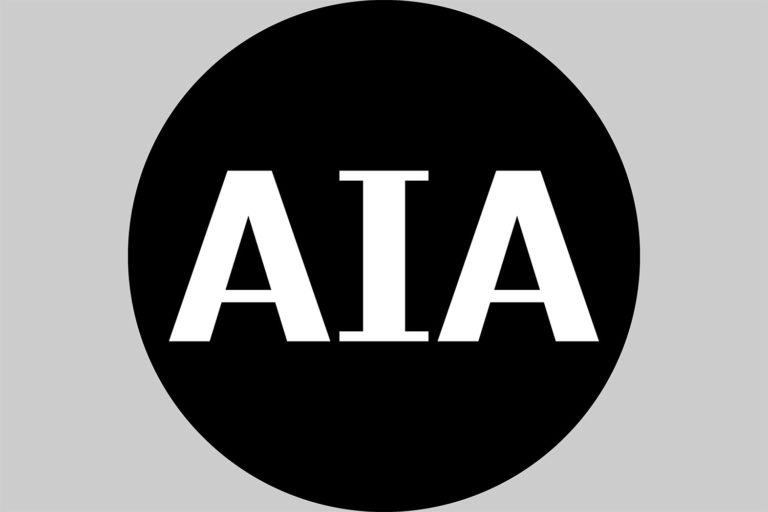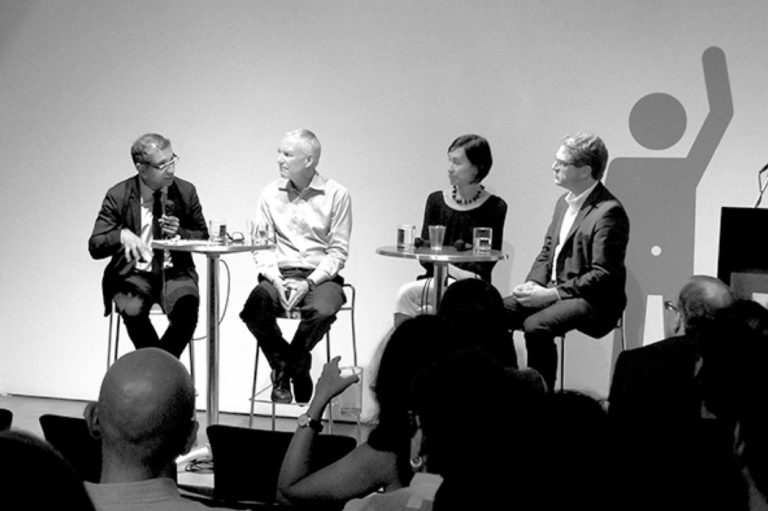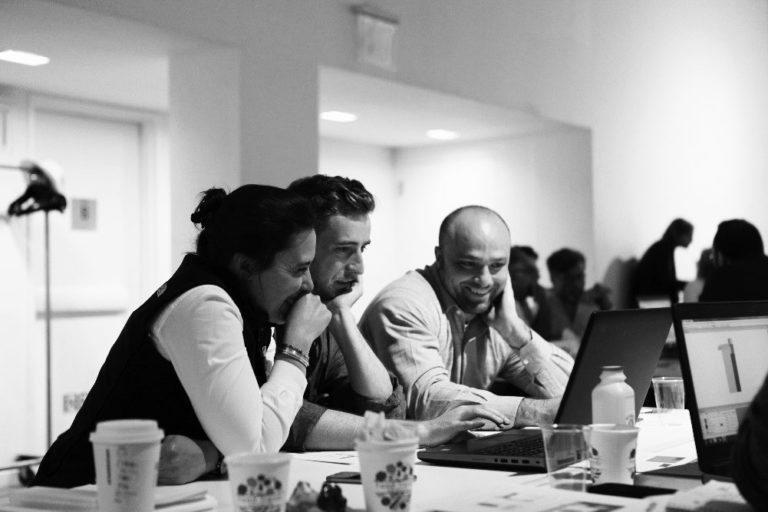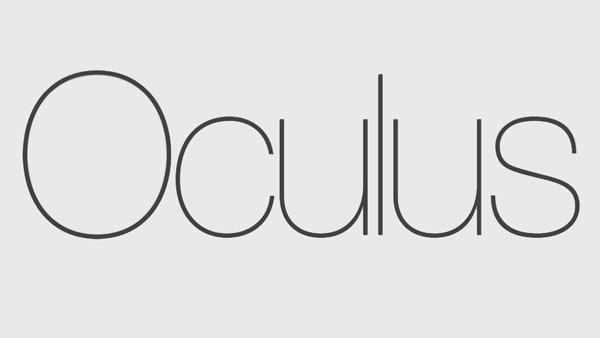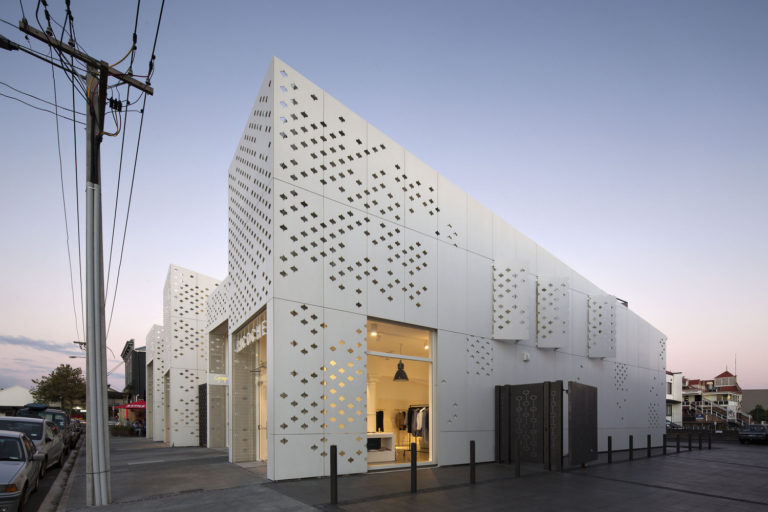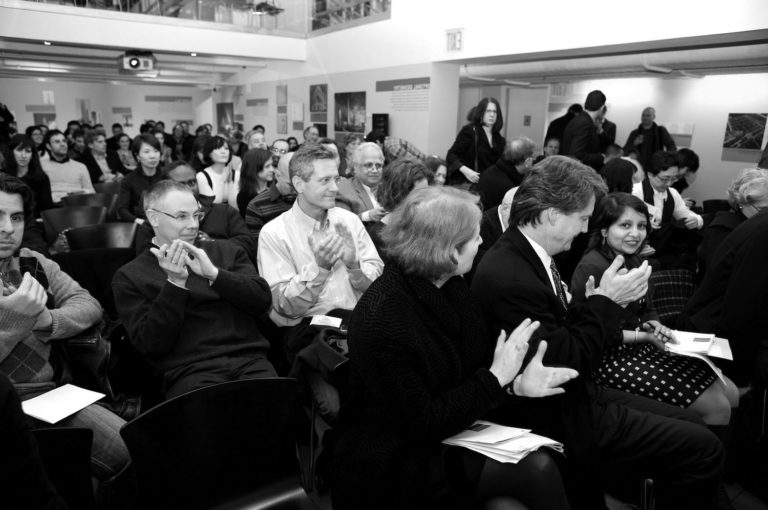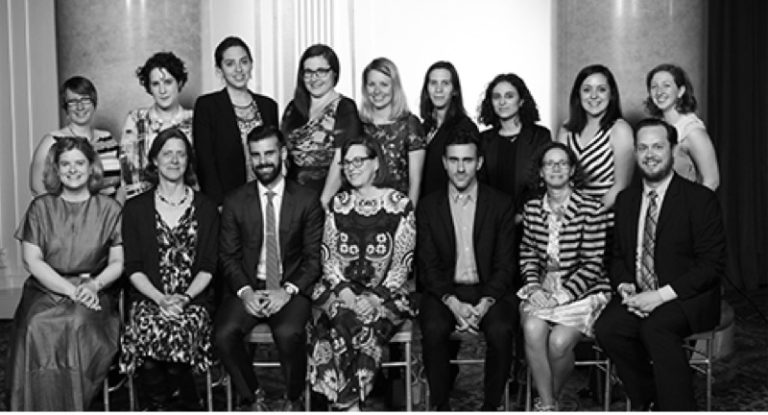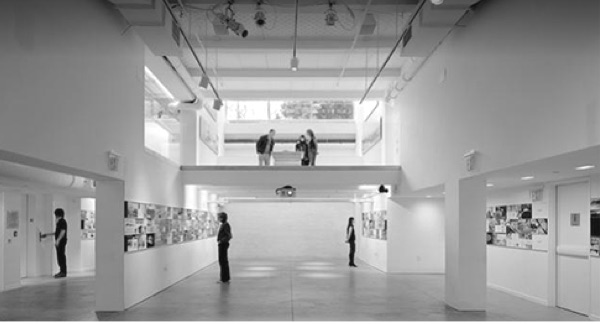by: Murrye Bernard Assoc. AIA LEED AP
While the formal theme for the AIA Convention in San Francisco was “The Power of Diversity,” not surprisingly, the state of the economy overshadowed all. The tone, however, was one of optimism: a take-charge mentality encouraging firms to find new avenues for revenue while still keeping sustainable design at the forefront, as well as providing plenty of advice for emerging practices struggling to survive.
SHIFTING FOCUS IN PRACTICE
At “Four X Four: 4 Architects/4 Regions/4 Visions/4 the Future,” Mark Strauss, FAIA, AICP, LEED AP, discussed his theme as AIA New York Chapter President in 2006 — Architecture as Public Policy. He shared an anecdote about Terence Riley, AIA, the director of the Miami Art Museum, who asked a White House aide if they have had any architectural Fellows. The aide looked at him quizzically and responded, “no, they [architects] just design buildings.” Strauss believes that architects should do much more by taking an active role in politics and planning in order to make cities more livable, such as AIANY’s involvement with PlaNYC 2030.
Despite the slowing economy, many sustainable projects are still going forward. Susan Szenasy, Editor-in-Chief of Metropolis magazine, moderated a panel of experts including a sustainability consultant for IDEO, a physicist, and a professor of urban design, who compared city emissions patterns internationally to show how much they need to be reduced. Architects should be aware of these factors, the panelists argued, to help reduce carbon footprints through environmentally conscious design.
EMERGING PRACTICES
Paul Lewis, AIA, of NY-based Lewis.Tsurumaki.Lewis (LTL) discussed his practice at “Design Innovation: Turning Challenges into Opportunities,” moderated by Roberty Ivy, FAIA, Editor-in-Chief of Architectural Record. LTL regularly participates in design/build projects to save on construction costs, and it makes research a focal point of its young but successful practice. “Opportunistic Architecture,” written by the firm’s partners, expresses their design philosophy that “challenges in architectural practice can be transformed into generators of innovative solutions.”
When starting his firm amidst the recession of the early 1990s, Phillip G. Freelon, FAIA, LEED AP, entered many competitions and also designed furniture. The principal of Freelon Group (and a member of the team Freelon Adjaye Bond/SmithGroup, recently chosen to design the National Museum of African American History and Culture) offers this advice to start-up firms: “Do the projects that no one else wants to do.” No matter how small or uninteresting the project seems, it can lead to more exciting opportunities, he explained.
Murrye Bernard, LEED AP, is a freelance writer and has written for Architectural Record, Architecture Boston, and Architectural Lighting.
